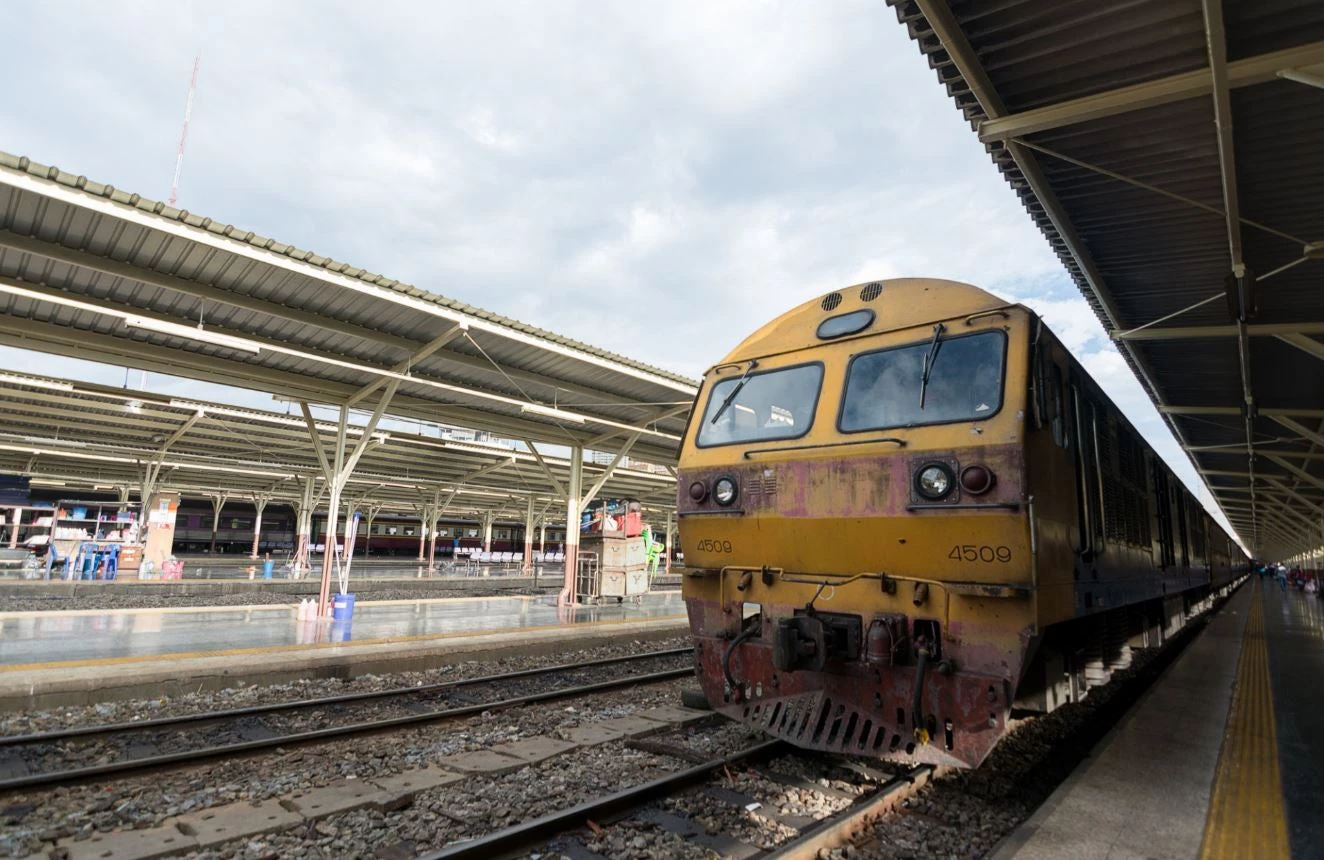
Although Thailand’s rails are small compared to other modes of transport, almost 40 million people make trips on intercity railways and 200 million trips on urban railways each year.
How are Thailand’s railways doing? Recent analysis by the World Bank’s Thailand Systematic Country Diagnostic report identify gaps in infrastructure, including railways, as an important factor undermining competitiveness especially in the greater Bangkok region, the heart of Thai manufacturing and exports. Old, single tracks with locomotives from the 1960s, and some of the latest ones from the 1990s, have gone past their efficient life and may result in safety issues. There are over 100 derailment accidents and more than 150 railway/personal vehicle accidents each year.
Still, Thailand remains an attractive investment destination, and good public infrastructure reforms are beginning to help improve the logistics systems for businesses. One of these reforms is to improve and modernize the railway sector so that freight transportation costs are reduced, levels of service are better, and overall transportation costs are low. These investments have the potential to address key transport bottlenecks that currently impede investment and economic growth.
The experiences in many countries show that there is no one-size-fits-all solution to successful railway reform. International experience, including from countries such as India and Poland, suggests a common framework that can help identify customized solutions for a particular country. We found that asking these five questions work all over the world when one thinks about railway reform.
The starting question is always what or whom will the railway carry, and how will it add service to people and value to the economy? Trains could be carrying intercity passengers, tourists, minerals, agricultural products or other containers. Railways, with their high, initial fixed investment and low incremental cost for any one additional passenger or ton of freight, can be highlight efficient when there is a steady flow of passengers or goods, and when congestion costs are high. A World Bank study in 2014 estimated that the cost of traffic congestion in Kuala Lumpur can be as high as 1.1-2.2% of GDP. For Thailand, improving urban transportation can help save money and time for more productive activities.
Secondly, what needs to change for the railway to be competitive? It might mean improving services so that it’s faster, more reliable, cleaner and comfortable. Maybe the price needs to be lower, which is only possible if the cost structure of the railway is reduced. Many of Thailand’s poor and elderly people, especially in rural areas, rely on mini-vans and cars to travel as they cover a much wider route and is more reliable than trains which doesn’t always come on time or often gets delayed. Improving train services and speed can help make travelling by rail the option of choice for Thailand.
The third question is what are the technical solutions that would make the railway market competitive and financially viable? Factors to consider could be changing a scheduled train operation to improve reliability, downsizing the labor force to reduce costs, focusing on urban and rural areas that need it most and reducing coverage area if needed, or getting public or private investors to subsidize costs. In Australia, a tourist overnight train was introduced to capture the tourism market. Similarly, the State Railway of Thailand, may consider enhancing intercity lines with schedules to serve people better.
As railway reform programs take shape, another question to ask is whether and how it will be financially sustainable. If it’s not financially sustainable, how best to make it so. While some of the intercity rail routes in Thailand are sustainable, many are making losses. The intention to make transport affordable for people is laudable, railways can only offer good services in the long run with clear agreements on routes, timetables, pricing, and the level of subsidy. In Poland, while the railway sector has been privatized, a clear agreement has helped to clarify how much support from the government is needed to keep rates affordable.
The last question and probably the most important one is how to implement railway reform? Or asked a different way, what stands in the way of reform now, and how to change that? Some possible options for Thailand may include improving the railway sector governance by clarifying the relationship between the government and the railway companies. Strengthening state-owned enterprises can also help as they account for 30-40 percent of total public investments in Thailand. Introducing competition and engaging the private sector more can mobilize long-term private capital needed for funding well-structured infrastructure projects.
Thailand is already taking promising initial steps in railway reforms and public infrastructure investments with dual tracking of existing rail system and modernizing the signaling systems. These public investments can help crowd in further private investment and lift Thailand’s potential growth. Continuing efforts to modernize Thailand’s railway sector will be critical to improving people’s lives and connecting lagging regions to more and better opportunities.
A version of this blog appeared in the Bangkok Post .



Join the Conversation